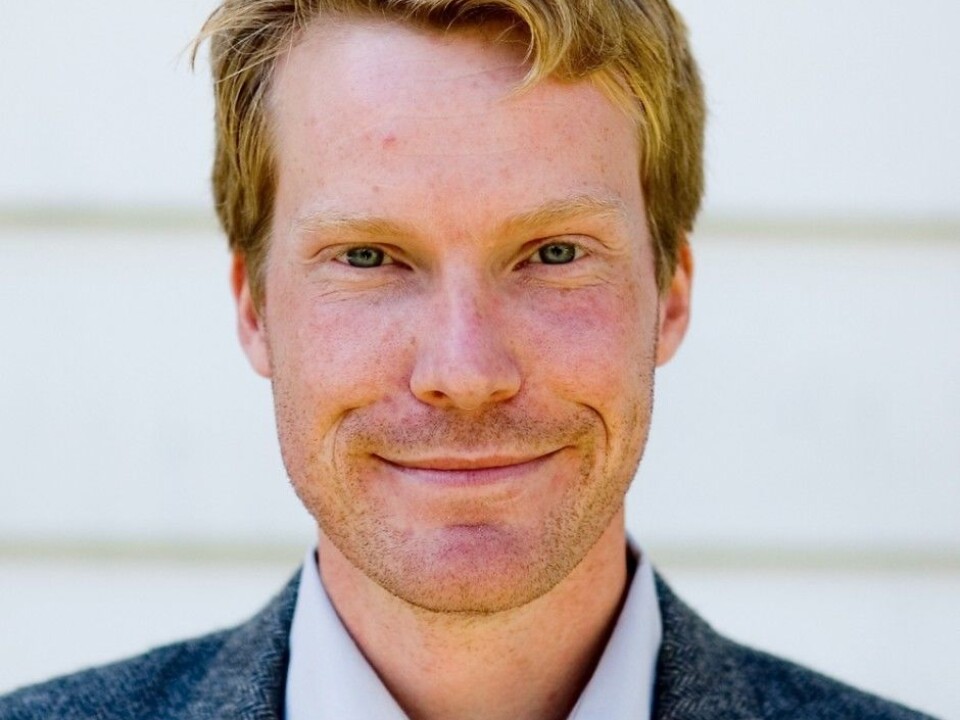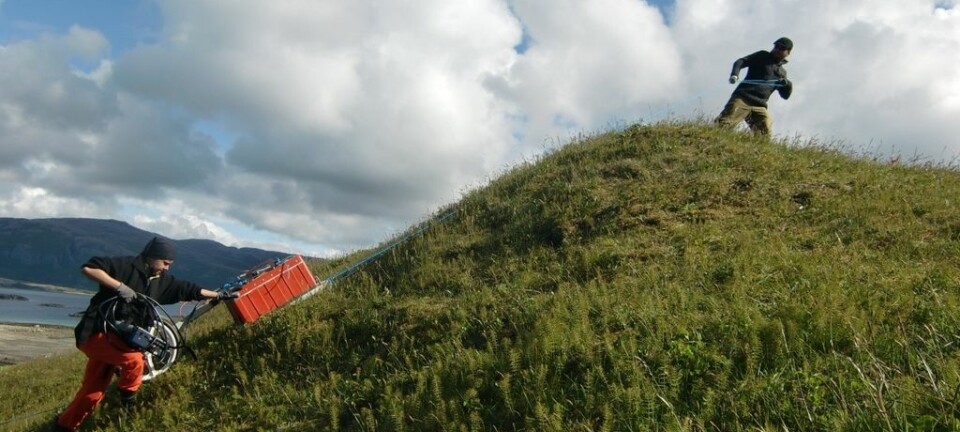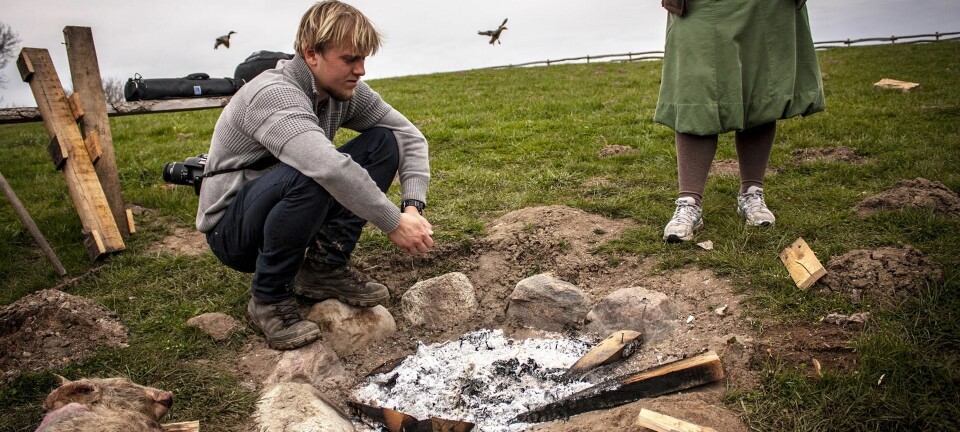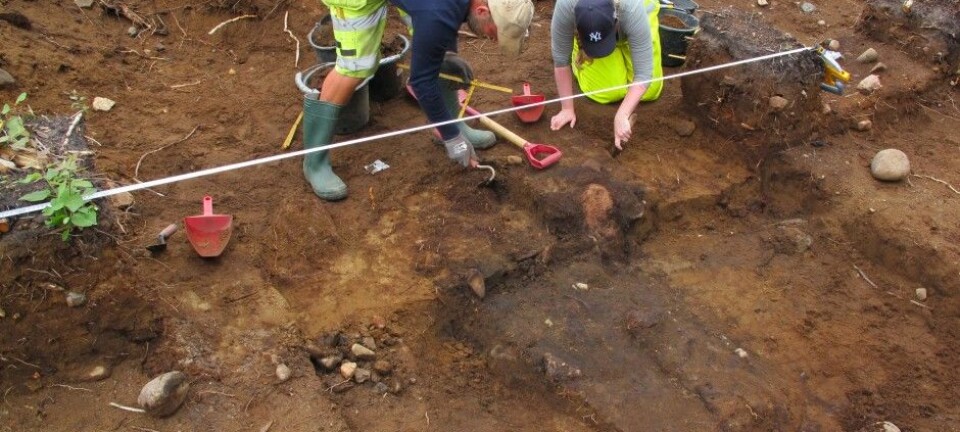![Archaeologists and anyone with respect for human history have feared that the magnificent Temple of Bel [or Ba’al] in Palmyra would be vandalised and destroyed, after the Islamic State (IS) blew up the Baal-Shamin Temple on 24 August. (Photo: Andrey Nekrasov, Scanpix)](https://image.sciencenorway.no/1421753.webp?imageId=1421753&width=960&height=548&format=jpg)
Researchers have feared and expected continued destruction in Palmyra
Researchers at the University of Bergen have expected more atrocious vandalism of cultural treasures in the UNESCO World Heritage Site Palmyra by members of the Islamic State, IS. Most of all, they fear that more of their scientific colleagues and friends in areas controlled by IS will be killed.
Denne artikkelen er over ti år gammel og kan inneholde utdatert informasjon.
On 24 August one of the most famous cultural monuments in Palmyra, the Baal-Shamin Temple, was blown up by IS. And the reports keep coming in of new explosions.
Eivind Heldaas Seland, a faculty member at the Department of Archaeology, History, Cultural Studies and Religion at the University of Bergen, has done research in the ancient city and spent plenty of time in Syria. He doesn’t want to rank the cultural treasures in Palmyra, but points out that the temple was one of the most famous edifices in the city and archeologically very special.
But Palmyra is a large area with several unique cultural monuments and relics.
The main temple for the god Bel, or Ba’al, and the colonnade through the city could be destroyed. So too, could the grave towers and subterranean graves, which are also fabulous cultural history relics.
Expected more demolition

“Apart from the connection with a pre-Islamic religion, there was nothing particularly symbolic about Baal-Shamin which would make the temple vulnerable for attack. But we can expect more destruction,” he said, a few days before the reports of new, rampant destruction made the news on 31 August.
The city has not only been attacked by IS. It has also been bombarded by the Syrian Government’s Air Force.
Seland has participated in a Norwegian-Syrian project which has given us a new understanding of the ancient city out in the Syrian desert.
God of rain and fertility
The temple of Baal-Shamin was one of the oldest monuments in Palmyra. The city is thought to have been settled initially as a caravan stop in the early second millennium BC. The temple is from the first century AD.

Baal-Shamin was a god of the heavens in Palmyran and Syrian religion. He was responsible for rain and thus for fertility. This was of course a vital need for the oasis city in the desert.
Seland writes in his blog:
“It was an especially beautiful place, as it was richly decorated, well preserved and because now in modern days a tree grew in the cella, the inner area of the temple. The temple, which was architecturally influenced by Rome, Egypt and of course regional and local traditions, was an important part of the Palmyran society and a signature building for the archaeological heritage site.”
Marking a break with the past
The Norwegian leader of the Palmyra Project, Jørgen Christian Meyer, recently told ScienceNordic’s Norwegian partner forskning.no that he sees clear parallels in the past to what is happening now.
When the Roman Empire became Christian, the destruction of antique statues marked a break with the past. The terrible things IS is doing now with ancient ruins is a repetition of the deliberate destruction done by many before them.
“IS knows exactly what it is doing. This is no gang of fanatic idiots. The organisation has clear goals and we shouldn’t underestimate them. If you underestimate the enemy, you lose,” he says.
Worried about colleagues
No matter how tragic the demolition work on cultural relics, the Bergen-based researchers are most concerned about the fate of friends and colleagues in Syria. It was just a couple of weeks ago that the archaeologist Khaled Asaad was beheaded by IS. He had a major role in the cooperation project between Norwegian and Syrian researchers.
The researchers in Bergen now have little contact with Syrian colleagues but they are regularly in touch with their families.
Hiding treasures
An intense and difficult job for researchers in Syria now involves hiding ancient archaeological treasures.
“Syria still has a functioning governmental national heritage department which has been working like mad under terrible conditions to preserve the country’s cultural heritage,” explains the researcher from Bergen.
International organisations have also struggled to document and if possible prevent the destruction, and to stop the trade of stolen artefacts.
“The Syrian Heritage Initiative from the US has led the way here. They have open channels to moderate rebels and to the archaeological authorities, which is really important in this situation,” says Seland.
-------------------------------------
Read the Norwegian version of this article at forskning.no
Translated by: Glenn Ostling


































